Search results (262)
Skip results of view Data stories
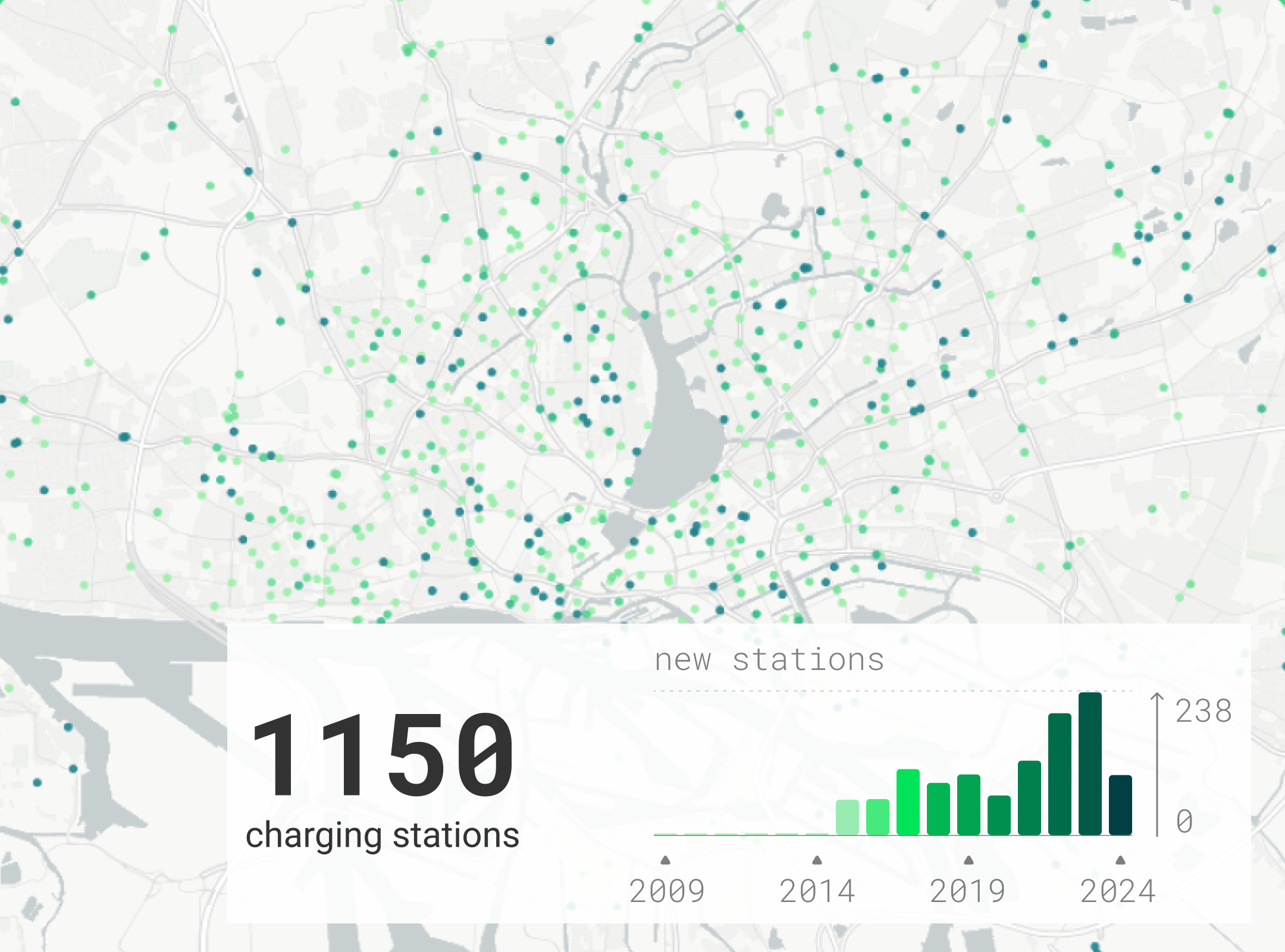
- Data Story
With a commitment to sustainable and greener urban development, European cities are embracing smart city initiatives. These initiatives aim to make urban areas more efficient, environmentally friendly, and inclusive. A smart city integrates digital technology to enhance traditional services and infrastructure, creating more efficient, liveable and business-friendly urban environments. This data...
Theme:
Impact
Target audience:
Civil servants

- Data Story
The open data maturity (ODM) assessment aims to evaluate the progress of open data initiatives across Europe. In its first three years (2015–2017), ODM was measured based on two key dimensions: open data readiness and portal maturity. From 2018 onwards, the assessment evolved to incorporate four dimensions: policy, portal, quality and impact. Marking the 10th anniversary of the ODM report and the...
Theme:
Policy
Target audience:
Data providers

- Data Story
As data becomes more and more important in all aspects of our daily lives, the importance of clear, accurate, but also ethical and trustworthy data visualisation is undeniable. Visuals can clarify complex topics but can also mislead if not handled responsibly. In this conversation, we explore this critically important topic with Xaquín G. V., a seasoned visual journalist and data visualisation...
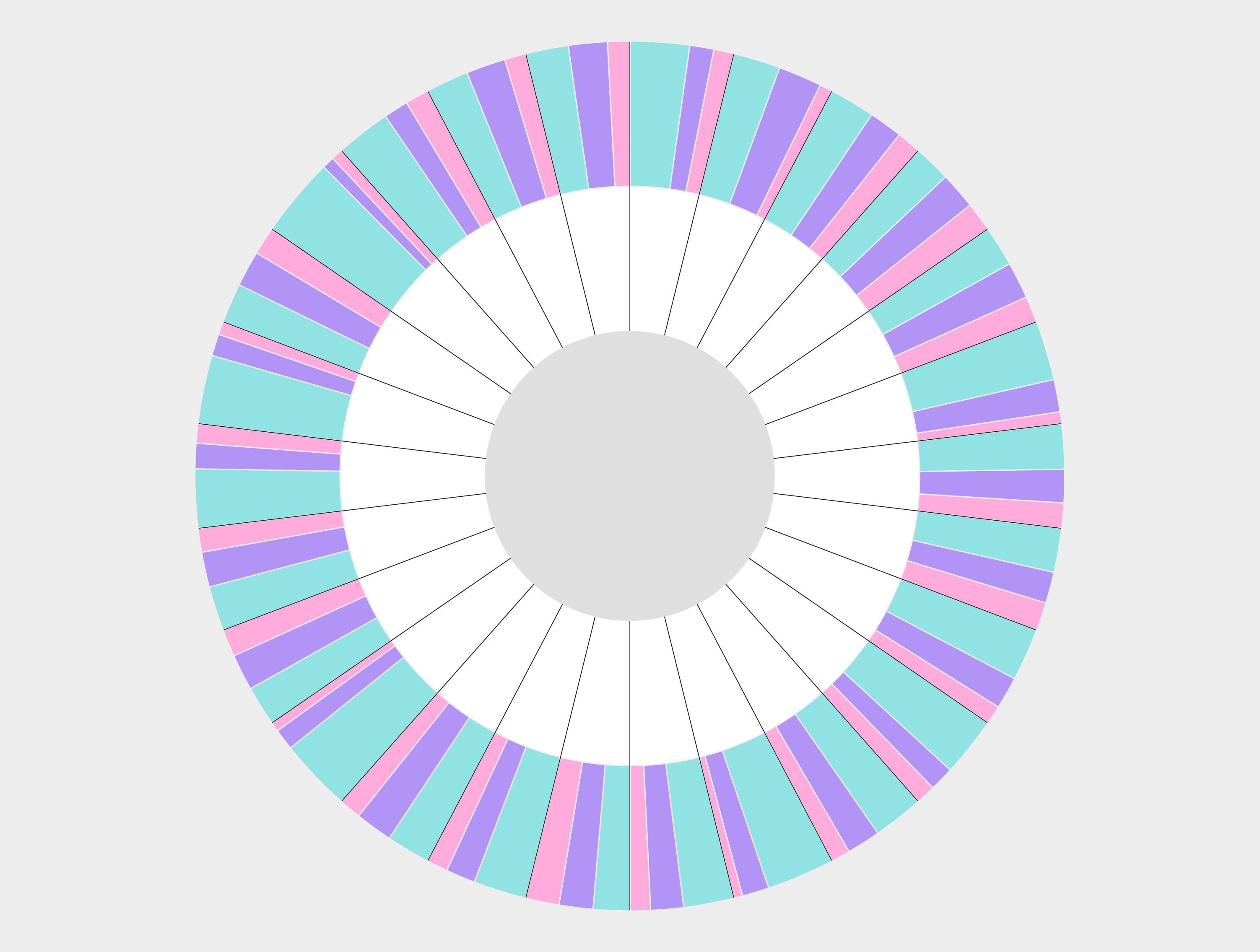
- Data Story
Winter holidays in Europe offer a unique glimpse into the diverse traditions, activities and customs that make this season memorable across different countries in the region. Public holidays during this period reflect Europe’s rich cultural, religious and national diversity, balancing shared holiday traditions with unique regional customs. This data story explores some enjoyable and light-hearted...
Theme:
Communication
Target audience:
Private sector
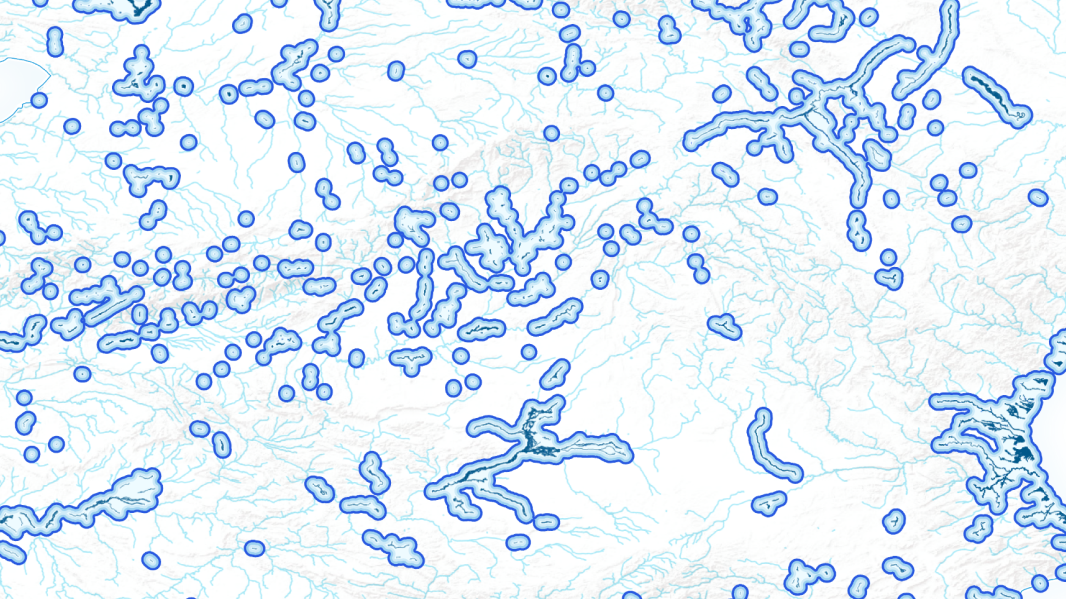
- Data Story
This series of data stories is intended to bring attention to the European Union's (EU) high-value datasets, and to demonstrate how they can be used to inform public discussions of relevant issues. Each story is paired with a visualisation note, an article that introduces readers to the language of data visualisation.

- Data Story
In July 2024, Hungary assumed the rotating presidency of the Council of the European Union , one of the key institutions responsible for EU decision-making . Hungary’s term follows that of Spain and Belgium, marking the final phase of an 18-month cycle . This ' trio presidency ' system allows for continuity and coordinated progress, as each country builds on the work of its predecessors while...
Theme:
Policy
Target audience:
Civil servants

- Data Story
1. How many projects are supported by the EU's cohesion policy? In the context of the EU's cohesion policy – funded by the European Regional Development Fund, the Cohesion Fund, and the European Social Fund – hundreds of thousand projects are funded in each 7-year financing period. In this article we look at how we count thematic allocations reported to projects (operations) based on the detailed...
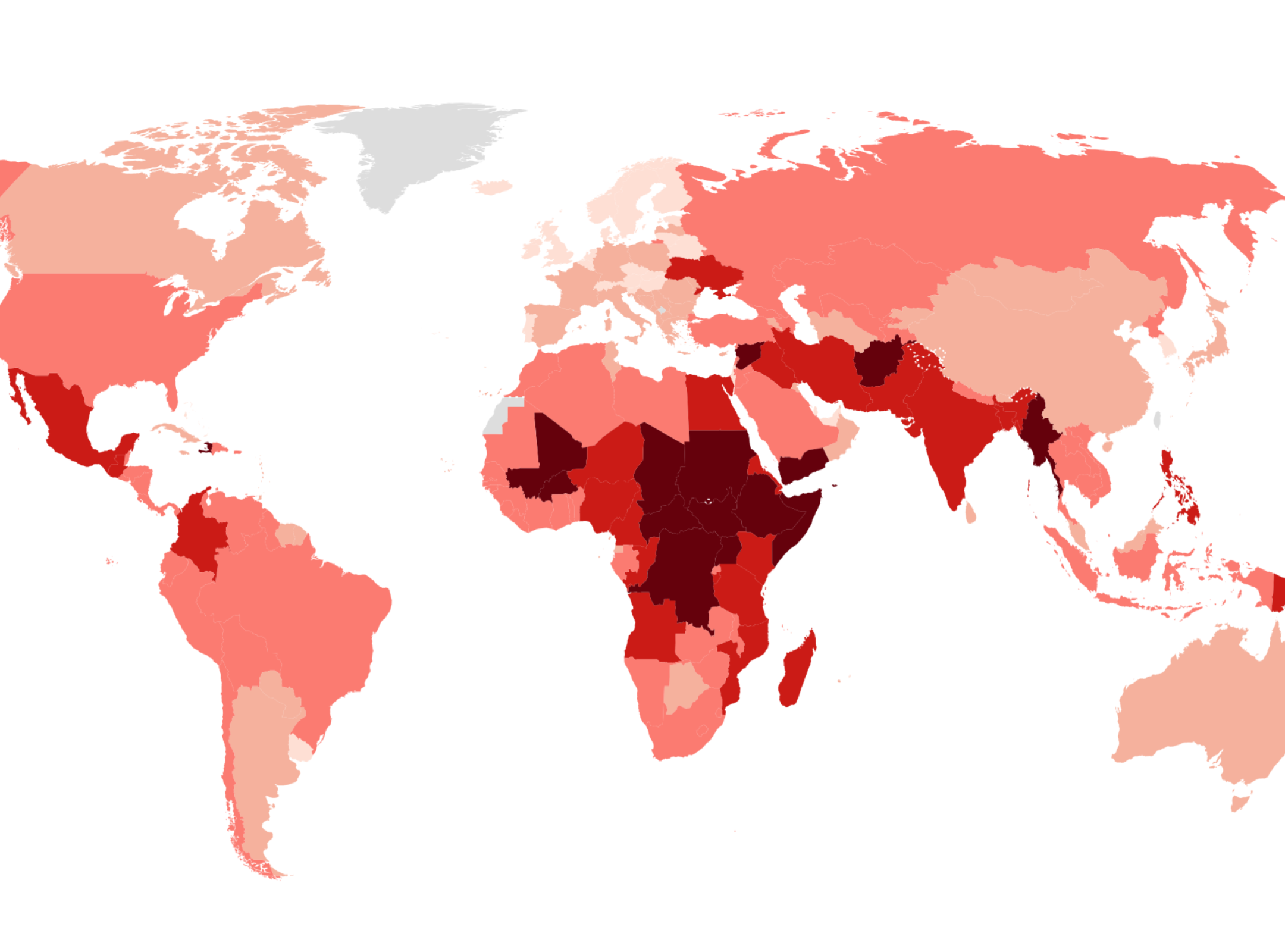
- Data Story
Humanitarian data encompasses a wide array of information collected to understand the needs of populations affected by humanitarian crises, the crisis context and the necessary response. It includes, for example, demographic details, health statistics, geospatial information, damage assessments and response metrics. This data plays a critical role in identifying needs, allocating resources...

- Data Story
Data is transforming the way we produce, consume and live. It is a key driver of innovation for services and products. In our previous data story, ‘ When open data meets data spaces ’ , we explored the concept of data spaces, particularly the establishment of common European data spaces in strategic fields such as health, agriculture, manufacturing, energy, mobility, finance and public...
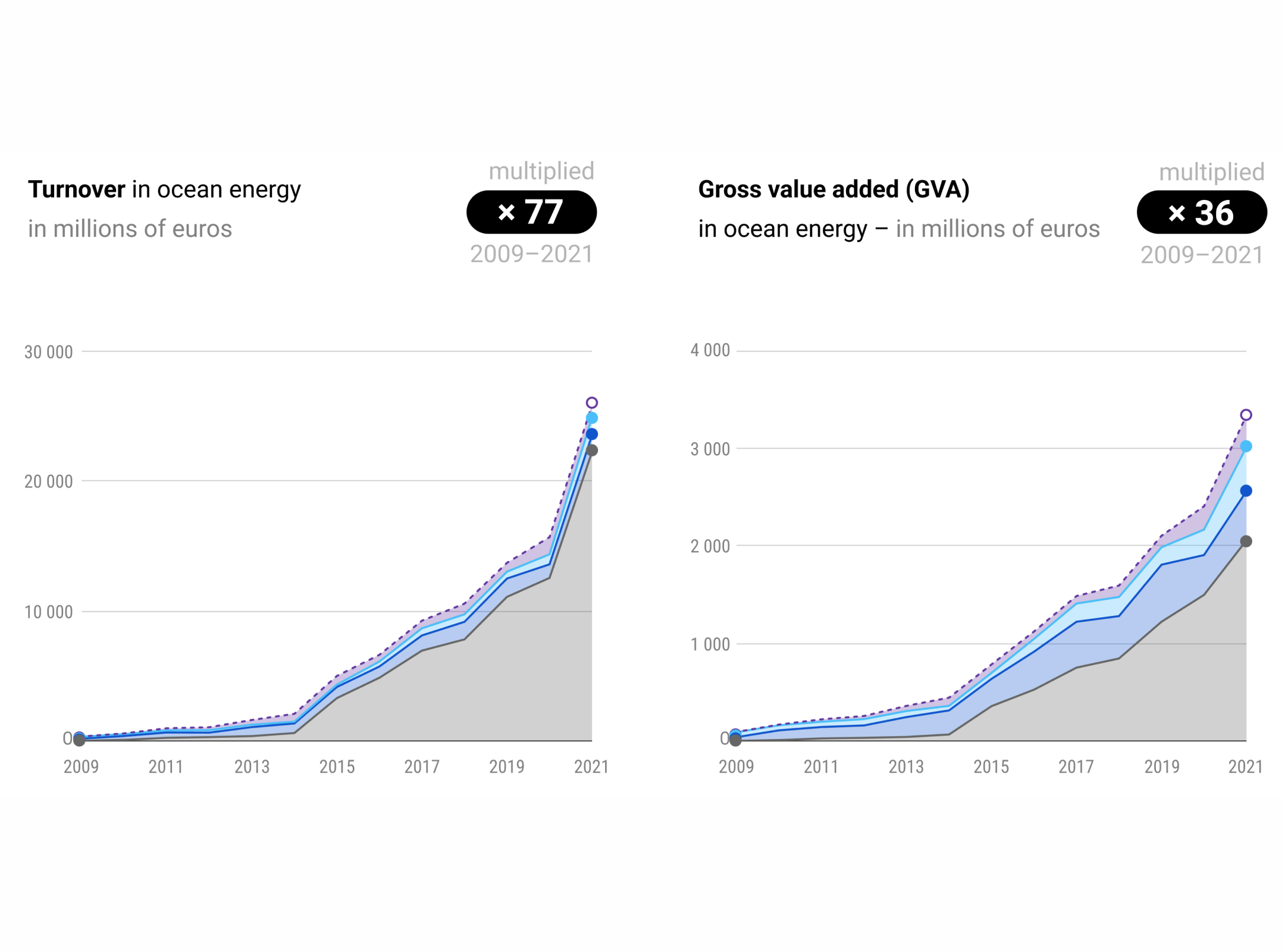
- Data Story
The blue economy has been defined by the World Bank as the ‘sustainable use of ocean resources for economic growth, improved livelihoods, and jobs while preserving the health of ocean ecosystem.’ The blue economy of the European Union (EU) encompasses every industry and sector linked to oceans, seas and coasts, whether they operate directly within the marine environment or on land. The established...
